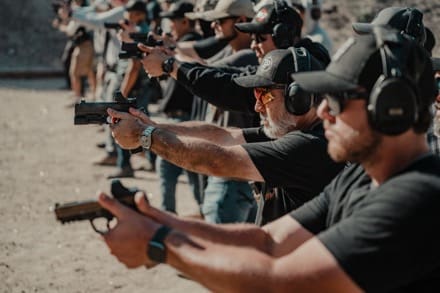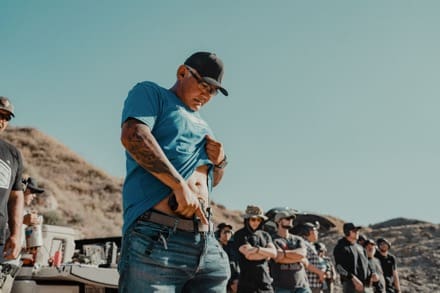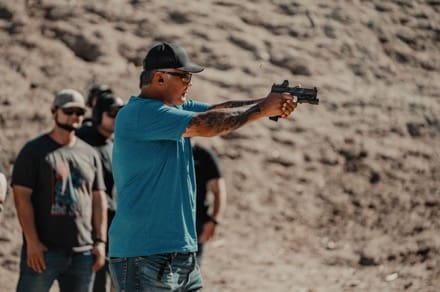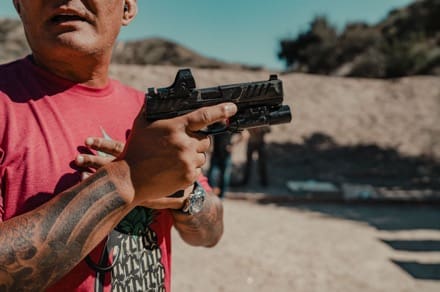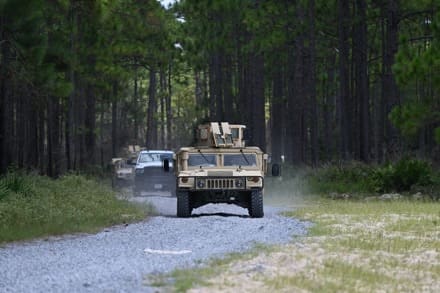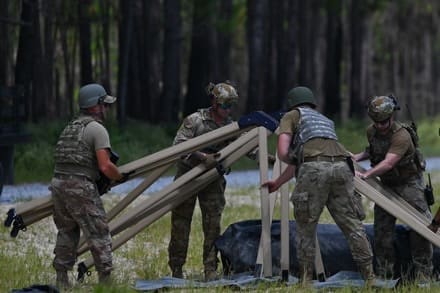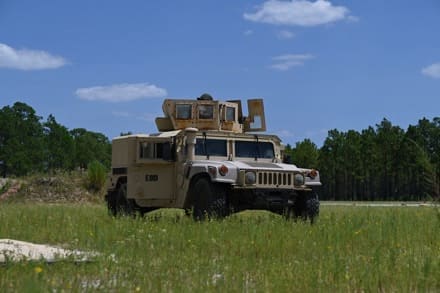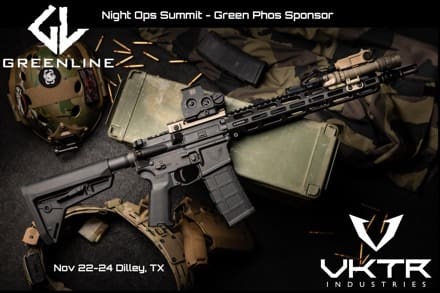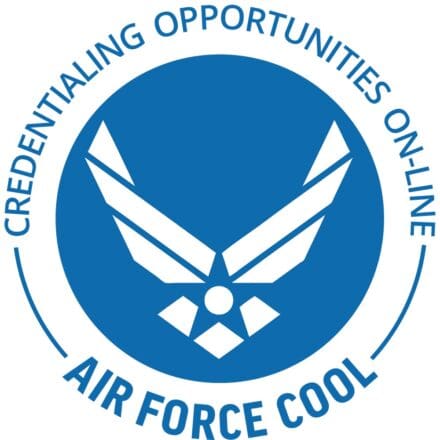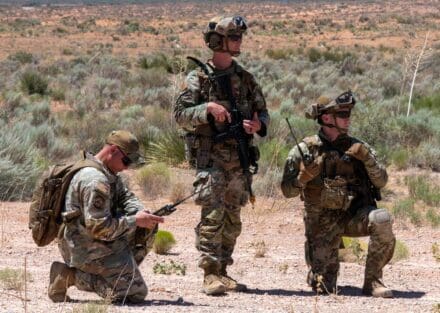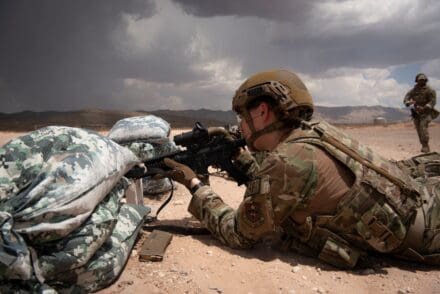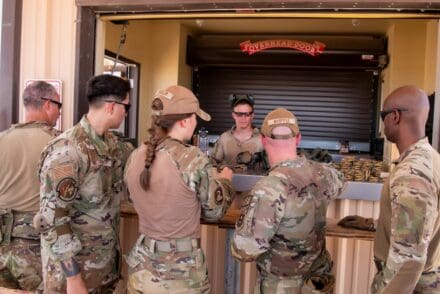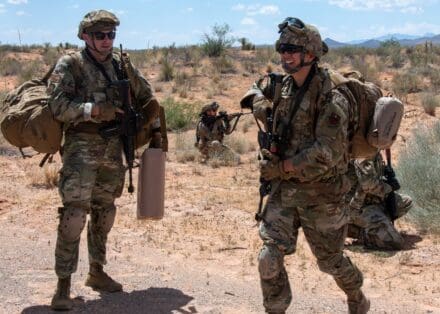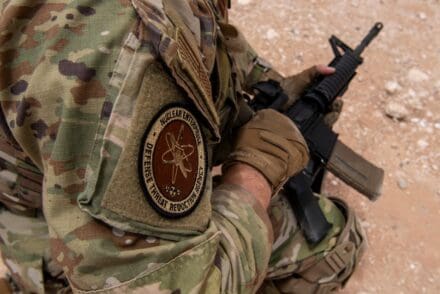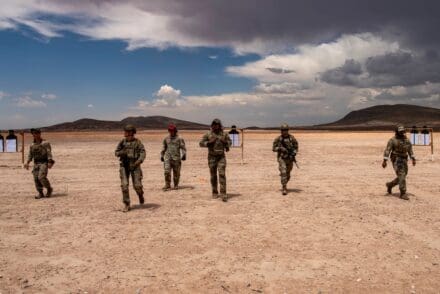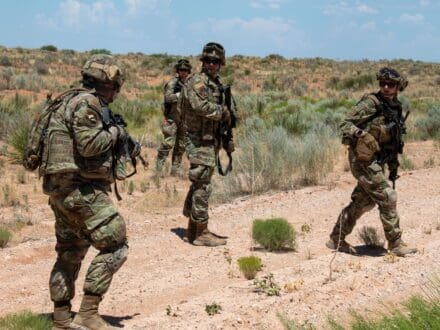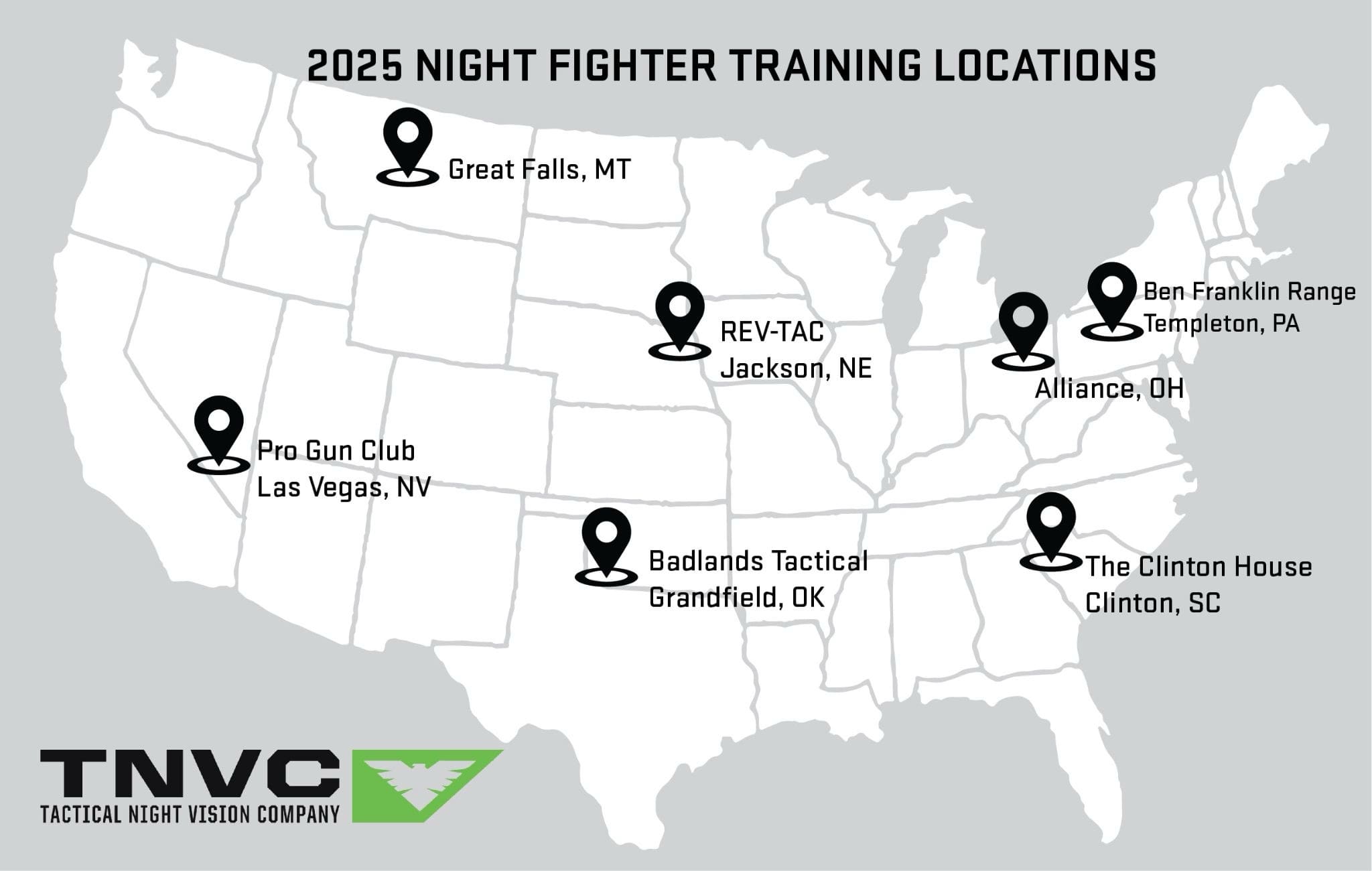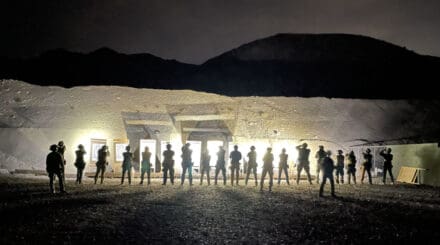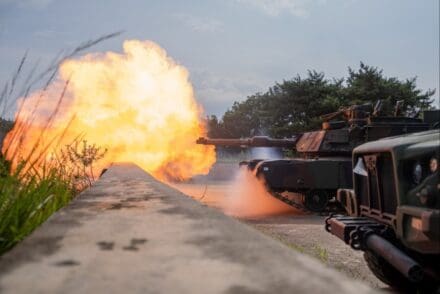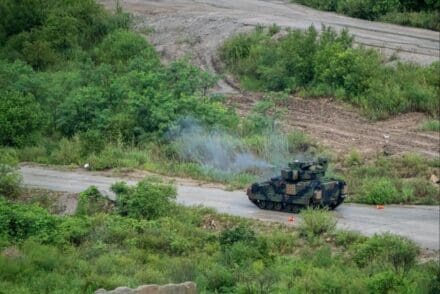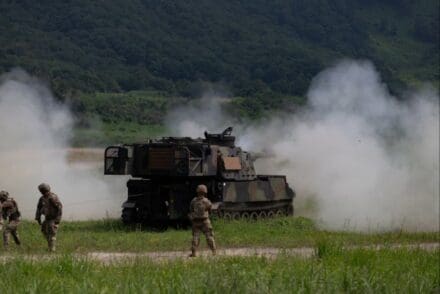Twin Falls, Idaho – Serious firearms enthusiasts and concealed carriers are invited to attend a special 3-day training course led by world-renowned instructor Scott “Jedi” Jedlinski of Modern Samurai Project. The event will take place at Defender Ranch in Twin Falls, Idaho, offering an immersive learning experience from October 22-24, 2024 focusing on mastering Appendix Inside-the-Waistband (AIWB) carry and red dot-equipped pistols.
Who: Scott “Jedi” Jedlinski, Modern Samurai Project
What: 3-Day AIWB + Red Dot Pistol Training Course
When: October 22-24, 2024
Where: Defender Ranch, Twin Falls, Idaho
Why: To elevate participants’ concealed carry and red dot pistol skills in real-world defensive scenarios
This comprehensive course provides participants the tools to enhance their everyday carry (EDC) and self-defense abilities. It is structured to cover both AIWB carry techniques and advanced red dot pistol operation, culminating in a chance to earn the coveted Black Belt Patch—awarded only to those who meet Scott Jedlinski’s rigorous standards for speed, accuracy, and consistency.
Course Highlights Include:
– Day 1: Mastering Appendix Carry (AIWB)
Participants will receive expert instruction on the advantages of AIWB carry, covering topics such as holster selection, draw sequence, and concealment techniques. This day features hands-on drills to refine technique and improve draw speed.
– Day 2: Red Dot Optics Training
Red dot optics are increasingly popular for EDC. This course segment focuses on sight zeroing, target acquisition, and maintaining control of the red dot under stress. Participants will learn to engage targets effectively at both short and long ranges.
– Day 3: Black Belt Patch Challenge
The final day allows participants to earn the exclusive Black Belt Patch. The challenge includes advanced drills designed to test participants’ skills under time pressure, accuracy, and consistency.
Included with Registration:
– Personal cabin accommodations at Defender Ranch
– All meals provided during the course
– Instruction from Scott “Jedi” Jedlinski, a leading authority on AIWB and red dot pistol techniques
Required Equipment:
– A modern pistol with red dot sight
– AIWB holster (Kydex recommended)
– 1,000 rounds of ammunition
– Concealable magazine pouches and five magazines
This one-of-a-kind course is designed for dedicated shooters looking to push their limits and refine their skills. The event is limited in capacity to ensure personalized instruction and ample hands-on practice.
Register now to secure a spot!
About Modern Samurai Project: Modern Samurai Project is led by Scott “Jedi” Jedlinski, a respected instructor of firearms training focusing on concealed carry, AIWB, and red dot-equipped pistols. Through rigorous drills, hands-on instruction, and real-world application, Jedlinski equips students with the tools to become more efficient, accurate, and confident in defensive scenarios. For more information, visit Modern Samurai Project.


